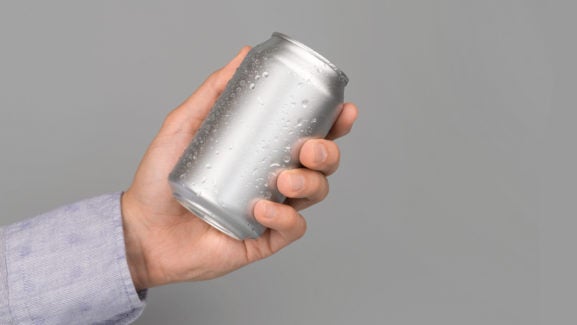
How Dusty X-Rays in Storage Earned UVA Health More Than $100,000
With little fanfare, UVA Health’s Sustainability Work Group hustles diligently behind the scenes to make UVA a more sustainable and environmentally friendly place. The work group reports through the environmental stewardship subcommittee of UVA Sustainability, and they have been quietly making improvements for years.
Recently, the Work Group completed a project that turned heads. It earned the UVA Medical Center more than $108,000.
Stash Turned Cash
Before 2004, X-rays were developed on plastic film. As they were taken, they were indexed and stored. Record retention policies required that the films be retained for long periods of time. Additionally, physicians often wanted them available for reference. Over the years, the storage added up.
In preparation for the construction of the South Tower in 2015, three large storage rooms of hard copy X-ray films needed to be moved. An analysis determined that physicians were not referring to the films very often after they were boxed and placed in long-term storage. Because of this, Ben Smith, UVA Medical Center Records Manager and Sustainability Work Group member, collaborated with medical records staff to reclassify the retention requirements on the films. With the new, shorter retention period in effect, the films were eligible and approved for destruction.
Normally, those stacks and stacks of films would have been shredded and sent to the landfill. But, the Sustainability Work Group saw an opportunity.
“In the case of these hardcopy X-ray films,” says Smith, “we were dealing with cardboard boxes. We were dealing with papers. We were dealing with plastic film. On the X-rays, the dark portion of the film is silver — black metallic silver, to be exact — and that is a resource that can be reclaimed.”
Smith and his team found a vendor who would destroy the X-ray films and reclaim and recycle as much material as possible during the process.
Once they settled on a price, the vendor removed the X-rays from off-site storage and sent the films to a silver reclamation center in Florida. There, the paper, cardboard, and plastic were recycled, and the silver content was reclaimed.
“The silver that was collected was sold, and we received 50% of the profit after the cost of the processing was deducted,” Smith says. “So, all this destruction, which we would normally pay for, was now free of charge.”
In addition to the free destruction — savings of almost $35,000! — UVA Medical Center made a profit off the silver.
“The initial estimate was somewhere around $30,000,” says Smith. “Over the course of the project, when we started last July through its ending in April, the price of silver skyrocketed.”
After the deduction of the processing fees, UVA Health received more than $108,000.
The process of removing the films from off-site storage also saved UVA Medical Center and the Imaging Department $1,850 per month. Recycling the films, paper, and cardboard diverted 289,000 pounds of waste from the landfill.
“This is a good example of us being able to launch a project within the Medical Center for our benefit and the common good,” says Kevin Fox, Director, Facilities Planning & Capital Development, and co-chair of the Sustainability Work Group.
The Evolution of X-Rays
In 2000, UVA Health began transitioning from hardcopy X-rays to digital imaging. These digital images are stored on large servers called Storage Array Networks (SAN) and use PACS (picture archival and communication system) to view them. When a referral is made, UVA sends images to other hospitals on physical disks or through VPN transfers.
Currently underway is a project to move images exclusively to cloud-based systems where no physical product is necessary.
“Doctors have immediate access now,” says David Roberts, Manager, Radiology Outpatient and Support Services, and member of the Sustainability Work Group. “When I say immediate, it may be 30 minutes to an hour, versus two to three days to get images for their patients on DVDs.”
The move to digital and cloud-based systems will also save about $2,000 per month.
“DVDs cost about $2 each, and we go through 1,000 per month,” Roberts says. “That will be an additional huge savings.”
The transition to cloud-based storage will be complete by the end of the year.
The Sustainability Work Group in Action
The Sustainability Work Group looks at opportunities in the areas of municipal waste, medical waste, recycling, and composting.
In January, for example, a cardboard compactor was installed at the hospital loading dock. Since the installation, UVA Health is now diverting approximately 9,000 pounds of cardboard away from the landfill per week. This saves money by reducing the need to empty the dumpsters, reduces miles and trips by trucks, and recycles the cardboard instead of filling up the landfill.
In response to a recent executive order from Virginia Gov. Ralph Northam, UVA Health is in the process of phasing out all single-use plastics and switching to sustainable and compostable alternatives. Read more about this effort on Connect.
These projects are huge logistical efforts that, while may not be seen by most, have a big impact on the well-being of our community. Thank you to everyone on the Sustainability Work Group who strives to reduce waste, save money, and decrease harm to the Earth!
Photo caption: Left to right: David Roberts, Manager, Radiology Outpatient and Support Services; Kevin Fox, Director, Facilities Planning & Capital Development; and Ben Smith, UVA Medical Center Records Manager
In case you missed it

Latest News
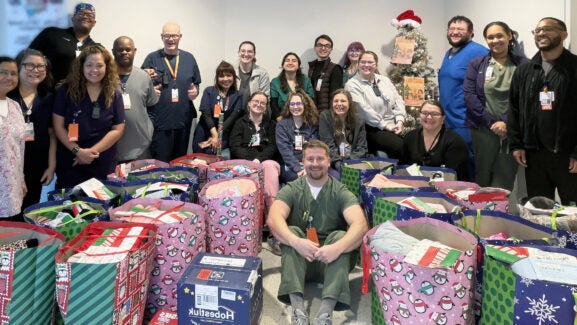
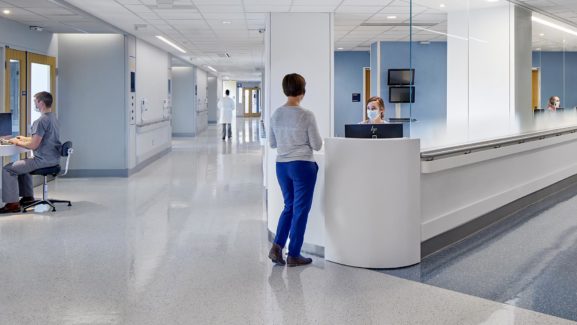
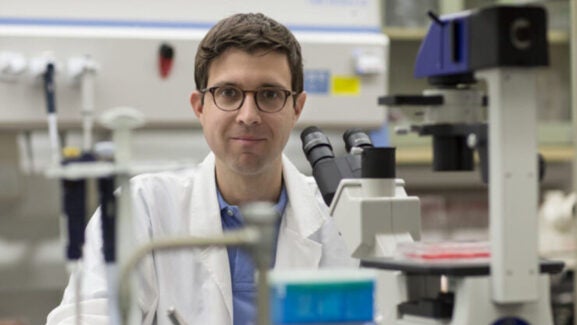

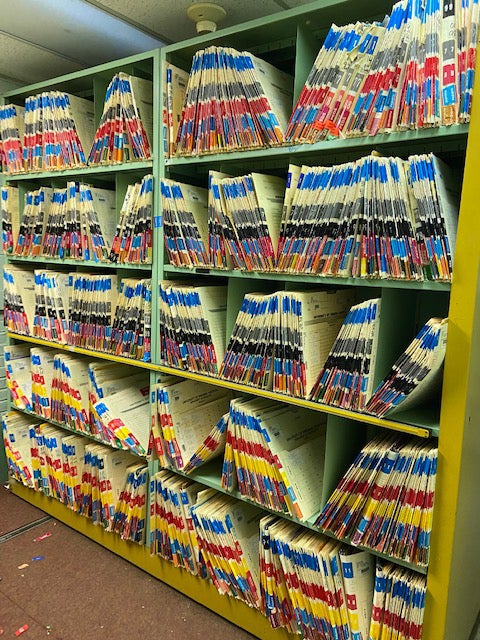
Great job. Ben and Team!